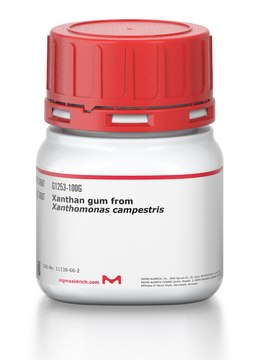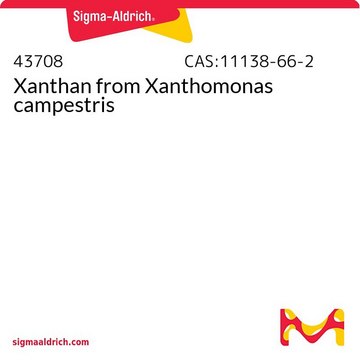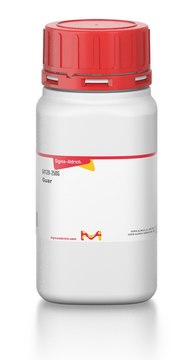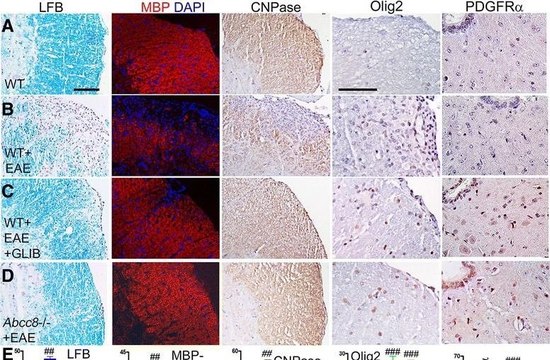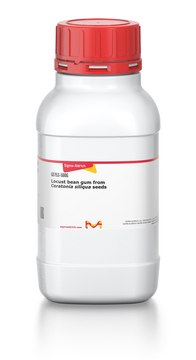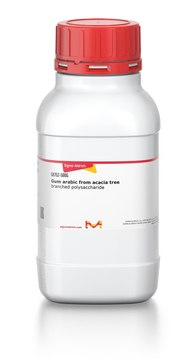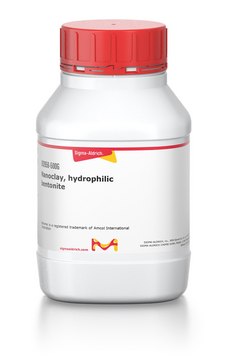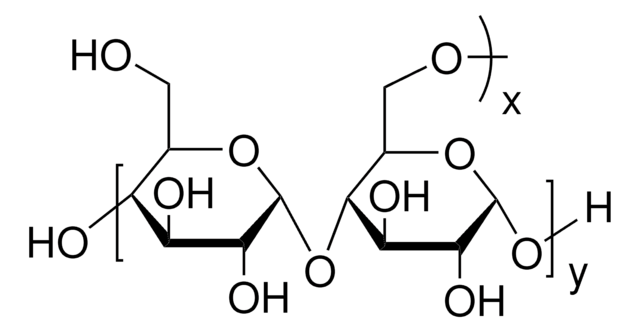42663
Xanthan from Xanthomonas campestris
4,500,000
Synonym(s):
Xanthan gum from Xanthomonas campestris, Gum xanthan
Sign Into View Organizational & Contract Pricing
All Photos(1)
About This Item
Recommended Products
form
powder
InChI
1S/C13H10O/c1-3-7-12-10(5-1)9-11-6-2-4-8-13(11)14-12/h1-8H,9H2
InChI key
GJCOSYZMQJWQCA-UHFFFAOYSA-N
Looking for similar products? Visit Product Comparison Guide
General description
As xanthan is a polysaccharide used in many applications such as a food additive, enzyme substrate or rheology modifier, it is useful to have a xanthan standard with a clearly defined narrow molecular weight distribution. Xanthan is produced by fermentation from Xanthomonas campestris.
Application
Xanthan gum is an anionic polysaccharide composed of a β-(1→4)-D-glucopyranose glucan backbone with side chains of (1→3)-α-D-mannopyranose-(2→1)-β-D-glucuronic acid-(4→1)-β-D-mannopyranose on alternating residues. Approximately half of the terminal mannose residues are 4,6-pyruvated while most of the inner mannose residues are 6-acetylated. Its properties make it a useful matrix component for drug delivery systems. It forms stable drug suspensions in aqueous media and soft gels with locust bean gum or guar gum. Xanthan gum mimics the texture of lipids and is used as a control in experiments where signaling pathways initiated by consumption of lipid-containing reagents are investigated in mice.
Analysis Note
gel-permeation chromatography corresponds
Other Notes
To gain a comprehensive understanding of our extensive range of Polysaccharides for your research, we encourage you to visit our Carbohydrates Category page.
Storage Class Code
11 - Combustible Solids
WGK
WGK 1
Flash Point(F)
Not applicable
Flash Point(C)
Not applicable
Regulatory Information
新产品
Choose from one of the most recent versions:
Certificates of Analysis (COA)
Lot/Batch Number
Don't see the Right Version?
If you require a particular version, you can look up a specific certificate by the Lot or Batch number.
Already Own This Product?
Find documentation for the products that you have recently purchased in the Document Library.
Tommasina Coviello et al.
Journal of controlled release : official journal of the Controlled Release Society, 119(1), 5-24 (2007-03-27)
Hydrogels are three-dimensional, hydrophilic, polymeric networks, with chemical or physical cross-links, capable of imbibing large amounts of water or biological fluids. Among the numerous macromolecules that can be used for hydrogel formation, polysaccharides are extremely advantageous compared to synthetic polymers
Maximina H Yun et al.
Plant physiology, 141(1), 178-187 (2006-03-15)
Xanthan is the major exopolysaccharide secreted by Xanthomonas spp. Despite its diverse roles in bacterial pathogenesis of plants, little is known about the real implication of this molecule in Xanthomonas pathogenesis. In this study we show that in contrast to
Shazia N Aslam et al.
Current biology : CB, 18(14), 1078-1083 (2008-07-22)
Bacterial pathogens and symbionts must suppress or negate host innate immunity. However, pathogens release conserved oligomeric and polymeric molecules or MAMPs (Microbial Associated Molecular Patterns), which elicit host defenses [1], [2] and [3]. Extracellular polysaccharides (EPSs) are key virulence factors
Review of xanthan gum production from unmodified starches by Xanthomonas comprestris sp.
Rosalam, S. and England, R.
Enz. Microbiol. Technol., 39, 197-207 (2006)
Analyses of polysaccharide fouling mechanisms during crossflow membrane filtration.
Nataraj, S., et al.
Journal of Membrane Science, 308, 152-161 (2008)
Our team of scientists has experience in all areas of research including Life Science, Material Science, Chemical Synthesis, Chromatography, Analytical and many others.
Contact Technical Service